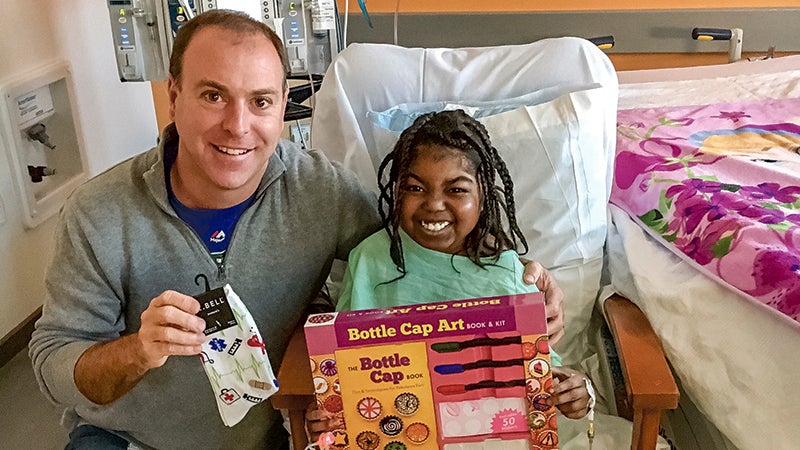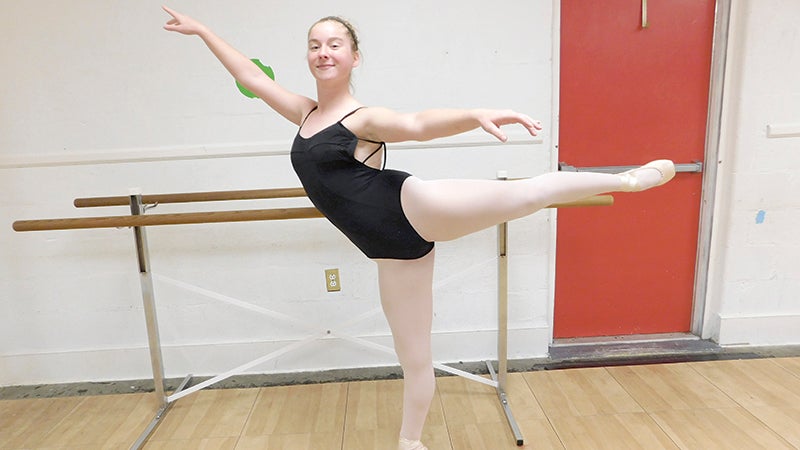Emergency practice
Published 9:51 pm Saturday, September 28, 2013

Emergency workers tend to an injured “victim” during training at King’s Fork High School on Saturday morning. The training exercise simulated a bleacher collapse during a football game.
Police and emergency medical workers rushed to King’s Fork High School Saturday morning after getting a call about a bleacher collapse at a football game.
But even before they arrived, they knew there was no bleacher collapse, no football game and no actual injuries — only Pruden Center students and Boy Scouts from Troop 911 (not a coincidence — a firefighters’ group sponsors the troop) playing victims.
Scores of emergency workers refined their skills during the training. Besides city staff, Nansemond-Suffolk Volunteer Rescue Squad, Isle of Wight Volunteer Rescue Squad, Sentara Obici Hospital, Virginia Department of Health, Western Tidewater Medical Reserve Corps, The Pruden Center, Nightingale air ambulance, Hampton Roads Metropolitan Medical Response System, and the Hampton Roads Mobile Communications Center Team played roles.
Suffolk Department of Fire and Rescue Lt. Mason Copeland said training for “low-frequency, high-risk events” such as a bleacher collapse or other incident with a large number of injuries is important.
“You don’t get them often, but if you don’t train and prepare for them they can come back to bite you and haunt you later,” Copeland said.
Everything about Saturday’s training was as realistic as possible. Some “victims” were told not to respond to the emergency workers to simulate being unconscious. Police set up crowd-control barriers and shooed away curious onlookers. Emergency workers loaded “victims” onto stretchers, filled out tags with vital signs and other information, and transported them to Sentara Obici Hospital, where emergency room staff got to practice their own processes. “Victims” with less serious injuries were loaded onto a mass-casualty bus capable of transporting dozens of people away from the scene. Information was fed to the city’s community relations staff, who practiced sending a press release to media. Nightingale flew in from Norfolk and landed in a nearby field.
All the while, evaluators were watching the actions of the first responders in order to give guidance later on what they did well and what they should improve.
“I think it went very well,” Copeland said. “It really helps our people get to see the side of a mass casualty that they haven’t in other, similar trainings, because we had live people they had to transport.”
It also benefited the Pruden Center students, who are in the emergency medical technician program there.
“They get to see a different perspective,” Copeland said.
He added the city received a federal grant to conduct the training.





